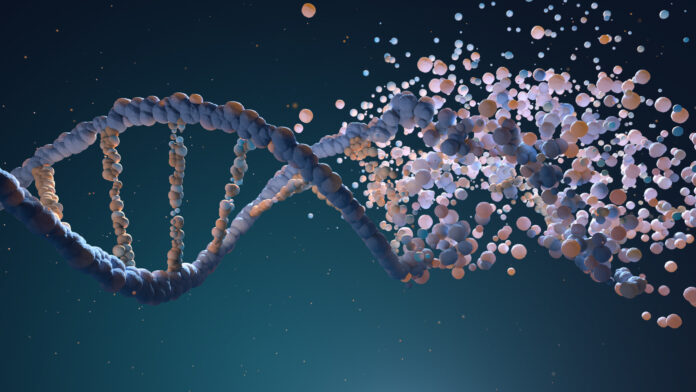UK births eight babies with three DNA sources to stop fatal genetic disease from mothers’ cells
Eight babies have been born in the UK using DNA from three people, in a radical scientific breakthrough aimed at stopping a deadly chain of inherited disease. Scientists say the pioneering IVF technique offers a lifeline to women at risk of passing on mitochondrial disorders—genetic timebombs that can destroy a child’s brain, muscles, liver, heart or kidneys.
The babies—four boys and four girls, including a set of identical twins—were born healthy after undergoing treatment in Newcastle. One mother remains pregnant. All eight children are developing normally and meeting their milestones. None shows any sign of mitochondrial DNA disease, a condition that typically affects one in 5,000 births and can prove fatal.
This breakthrough, published in the New England Journal of Medicine, marks the most significant milestone yet for mitochondrial donation treatment. Developed by researchers at Newcastle University, Newcastle Fertility Centre, and the Newcastle upon Tyne Hospitals NHS Foundation Trust, the technique involves combining DNA from three individuals.
Three disease-causing mutations were detected across the eight babies, but in such tiny levels that scientists believe the likelihood of illness is extremely low or non-existent.
Embed from Getty ImagesAt the heart of the procedure is a technique called pronuclear transfer (PNT). It begins with an egg from a mother carrying the mitochondrial disease and an egg from a healthy donor. Doctors remove the nucleus—the part of the cell containing most of the parent’s genetic identity—from the mother’s egg and place it inside the donor egg, which has had its nucleus removed but retains its healthy mitochondria. Once fertilised with the father’s sperm, the result is a child who inherits nuclear DNA from their parents and healthy mitochondrial DNA from the donor.
The result is a baby biologically connected to its mother and father—but carrying tiny fragments of DNA from a third person to block a brutal inherited illness.
One mother, whose daughter was born through this procedure, described the experience as life-changing: “All we ever wanted was to give our child a healthy start in life. Mitochondrial donation IVF made that possible. After years of uncertainty, this treatment gave us hope—and then it gave us our baby.”
Another parent, the mother of a baby boy, added: “This breakthrough has lifted the heavy cloud of fear that once loomed over us. Thanks to this advancement, our little family is complete. The emotional burden of mitochondrial disease has been lifted.”
Professor Sir Doug Turnbull, a leading figure in the development of the treatment, said the success represents a turning point: “Mitochondrial disease can have a devastating impact on families. Today’s news offers fresh hope to many more women who now have the chance to have children without this terrible disease.”
This extraordinary scientific progress was made possible after Parliament changed the law in 2015, making the UK the first country in the world to legalise mitochondrial donation treatment. By 2017, the Newcastle clinic became the country’s only licensed centre to offer it. Each case must be individually approved by the Human Fertilisation and Embryology Authority (HFEA).
The children’s development has been closely monitored. Tests on the oldest, now over two years, include assessments of gross and fine motor skills, cognitive and social behaviour, and early language abilities. So far, all eight are thriving.
The children will continue to be observed until at least age five. One more baby is on the way—and with it, perhaps another life saved from an inherited sentence of pain.
